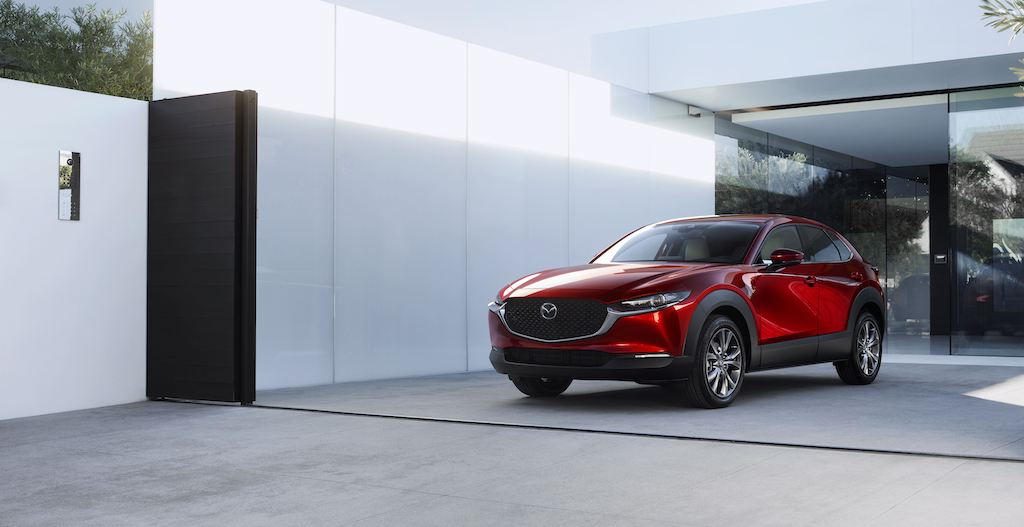“The Japanese masters have always prized simplicity of form, of being beautifully pure. This inspired our designers to trim back elements and create something dynamic yet elegant, restrained yet vital. This is how we perceive Japanese aesthetics, a sensibility that has created emotionally moving cars. The process may not seem different to other manufacturers, except that Mazda puts far more emphasis on the human touch and the art of clay modelling. Maintaining the clay modelling tradition means even the smallest changes can be made by hand.” states Jo Stenuit, Mazda’s European design director.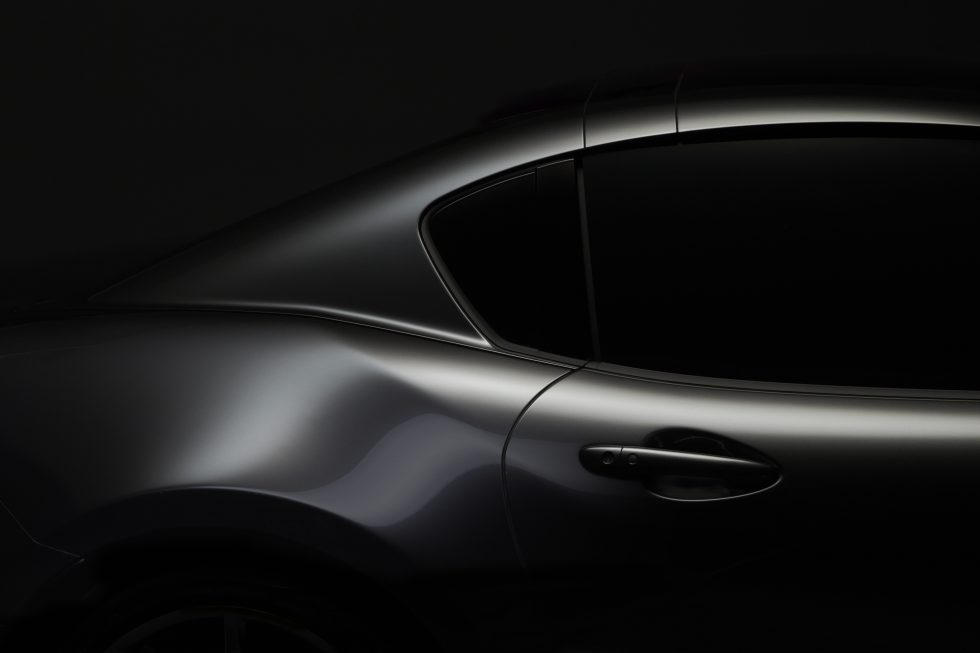 Only with a human touch is it possible to create unique objects that transcend and contain a distinct and exclusive design. A philosophy that Mazda applies to car making with its Kodo – Soul of Motion design.
Only with a human touch is it possible to create unique objects that transcend and contain a distinct and exclusive design. A philosophy that Mazda applies to car making with its Kodo – Soul of Motion design.
This approach is shared by SACo (Society of Contemporary Handicraft) that collaborated to realize at the El Instante Fundación, during the third staging of the Madrid Design Festival -from 1 to 29 February 2020-, the exhibition called ‘Artis-Manus’. Handicraft in Spanish is “Artesanía” which comes from the Latin words “artis-manus”, or “art with the hands”. The exhibition conveyed the tradition, the value and future of contemporary handicraft by means of a selection of pieces from different master craftspeople. 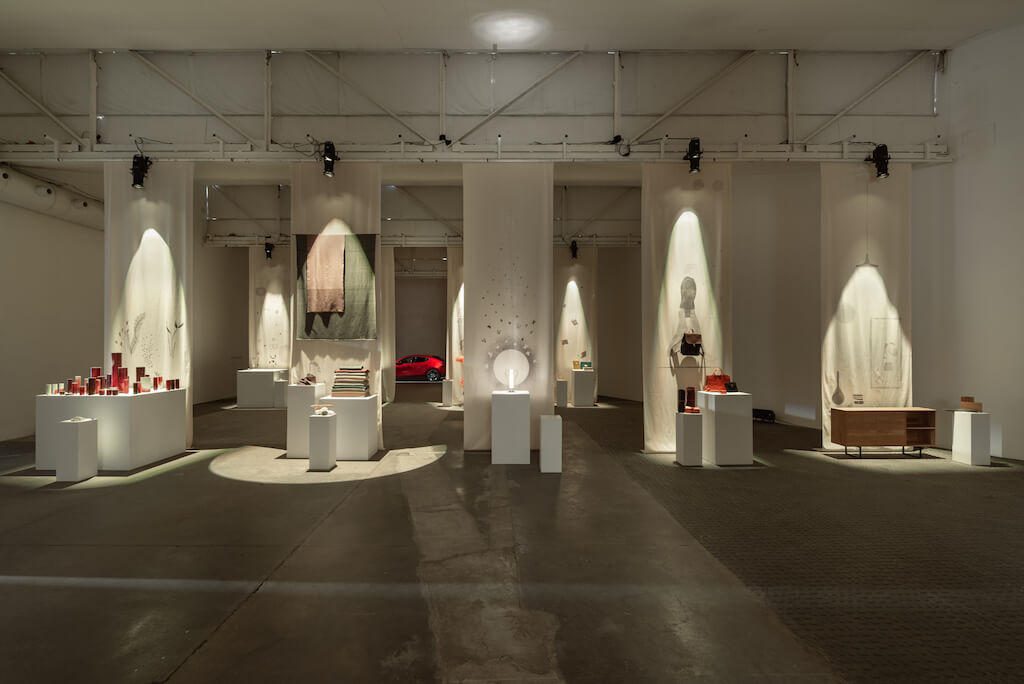
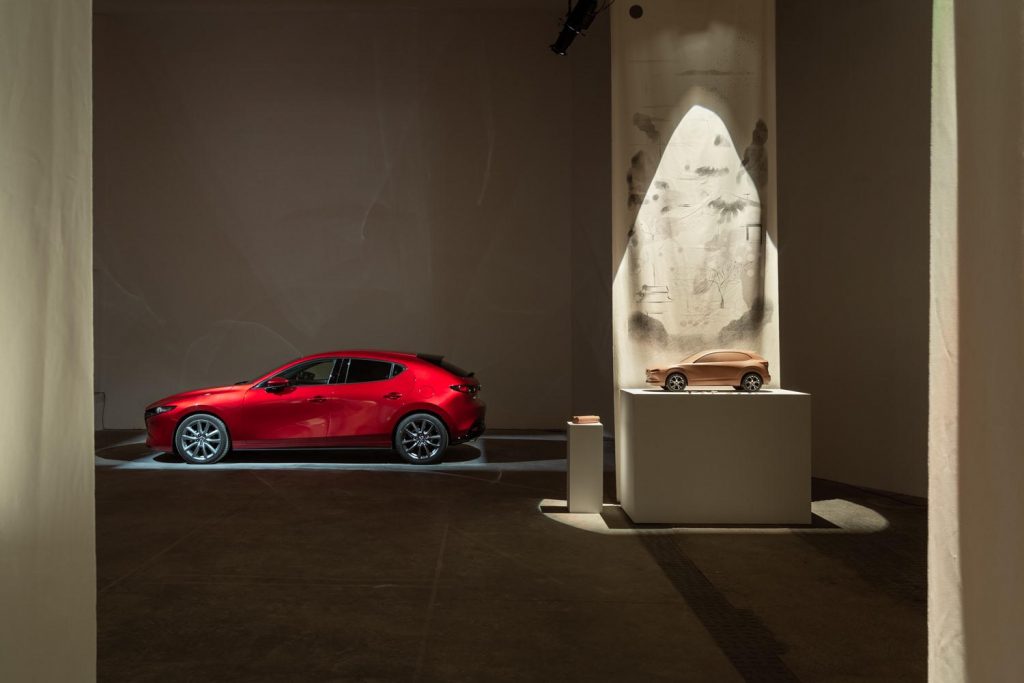
Mazda is committed to the value of artisan work in the quest for excellence in the creation of objects that are special through their design. Such as -as a brand-new addition to the Mazda lineup- the Compact Crossover Mazda CX-30 that offers refined quality in all the areas that matter to drivers – and their passengers. The new SUV expresses Mazda’s Brand Essence “Celebrate Driving”. That’s Mazda design philosophy, breathing life into the car. It is not just about driving performance, it evokes the emotion of motion.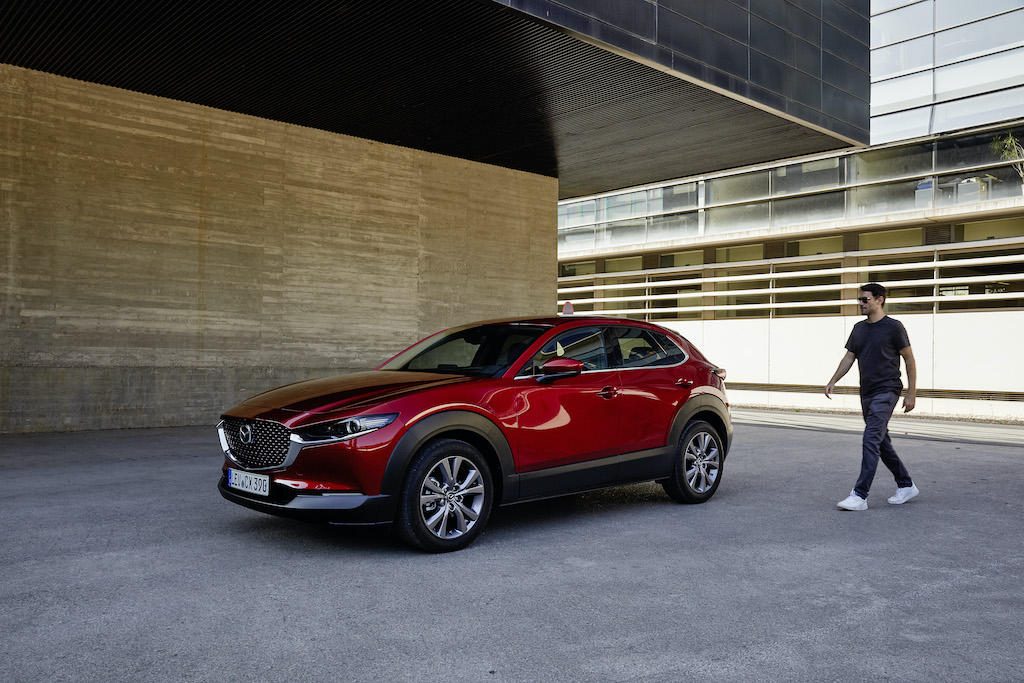
Mazda Automóviles España, S.A., was founded in March 2000 and has its headquarters in Madrid. It is Mazda Motor Corporation’s subsidiary in Spain and it currently distributes six models in the Spanish market: Mazda2 (urban model), Mazda3 (compact), Mazda6 (sedan), Mazda MX-5 (roadster) and the SUVs Mazda CX-3 and Mazda CX-5, covering nearly all market segments.

